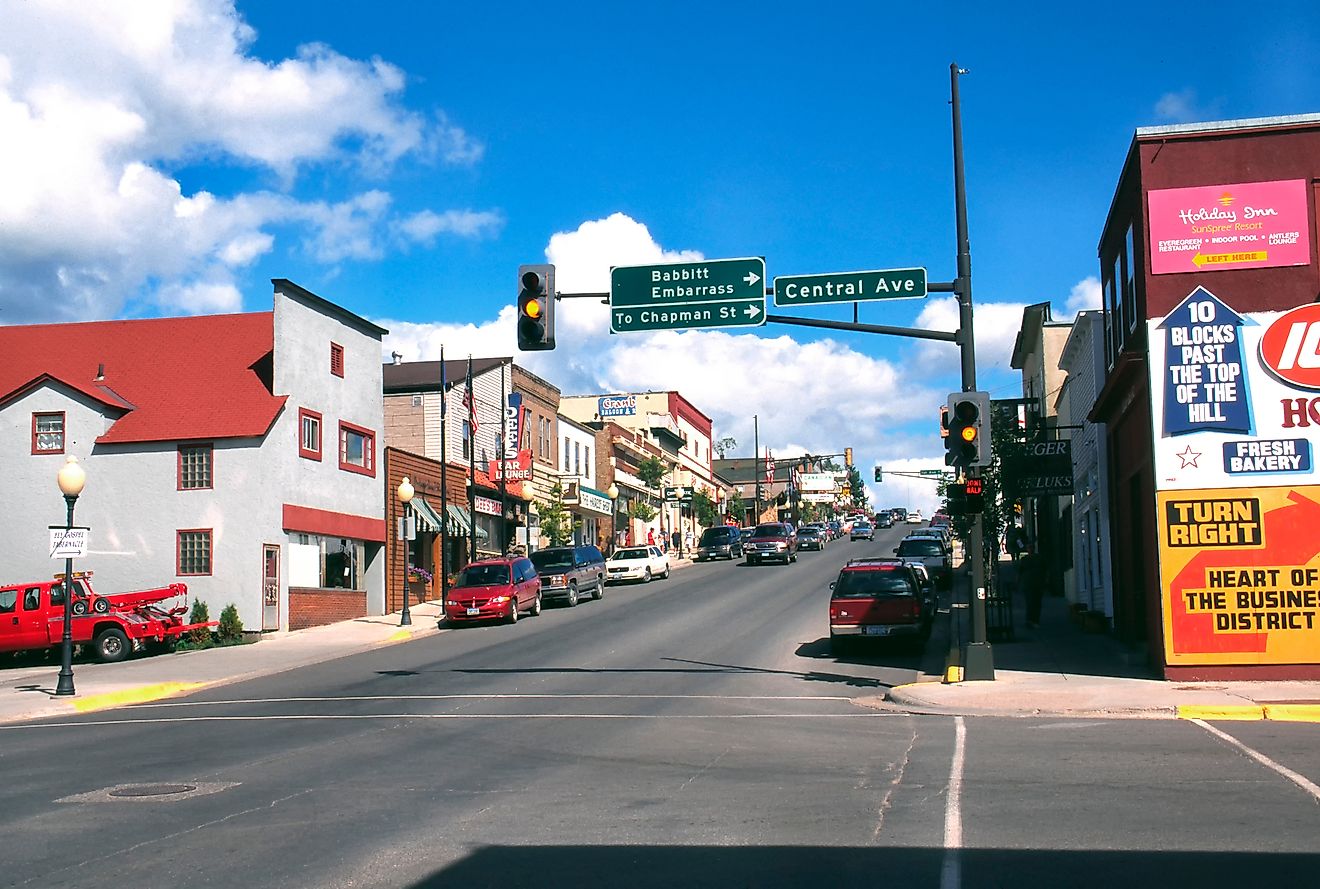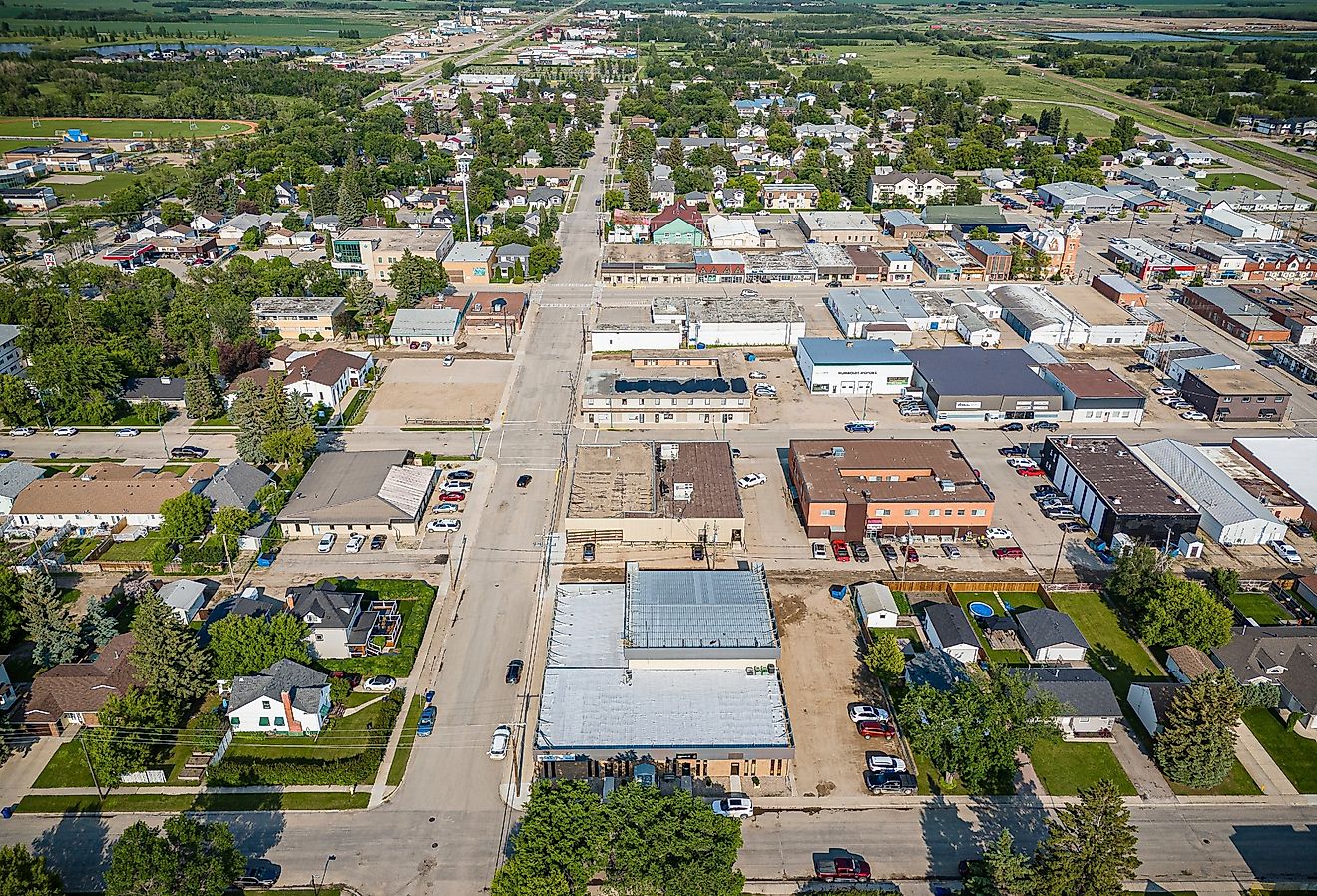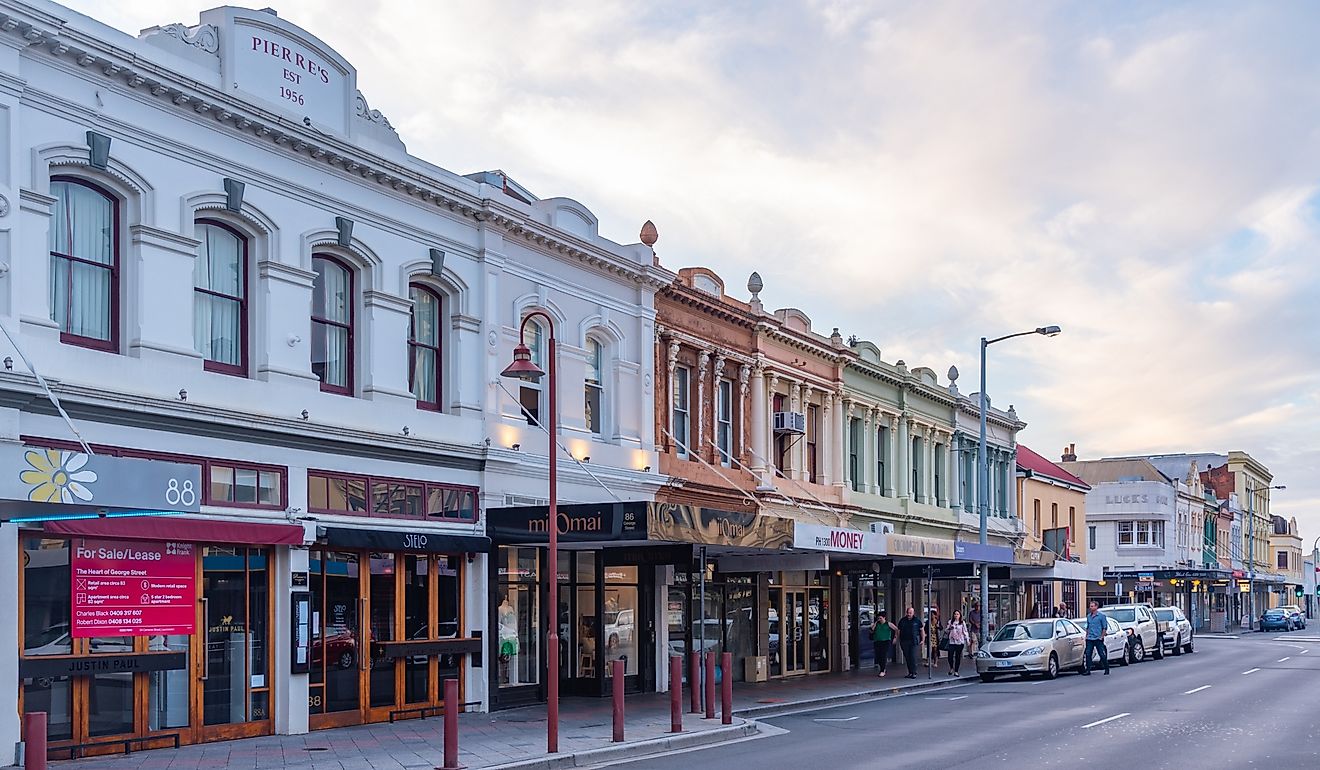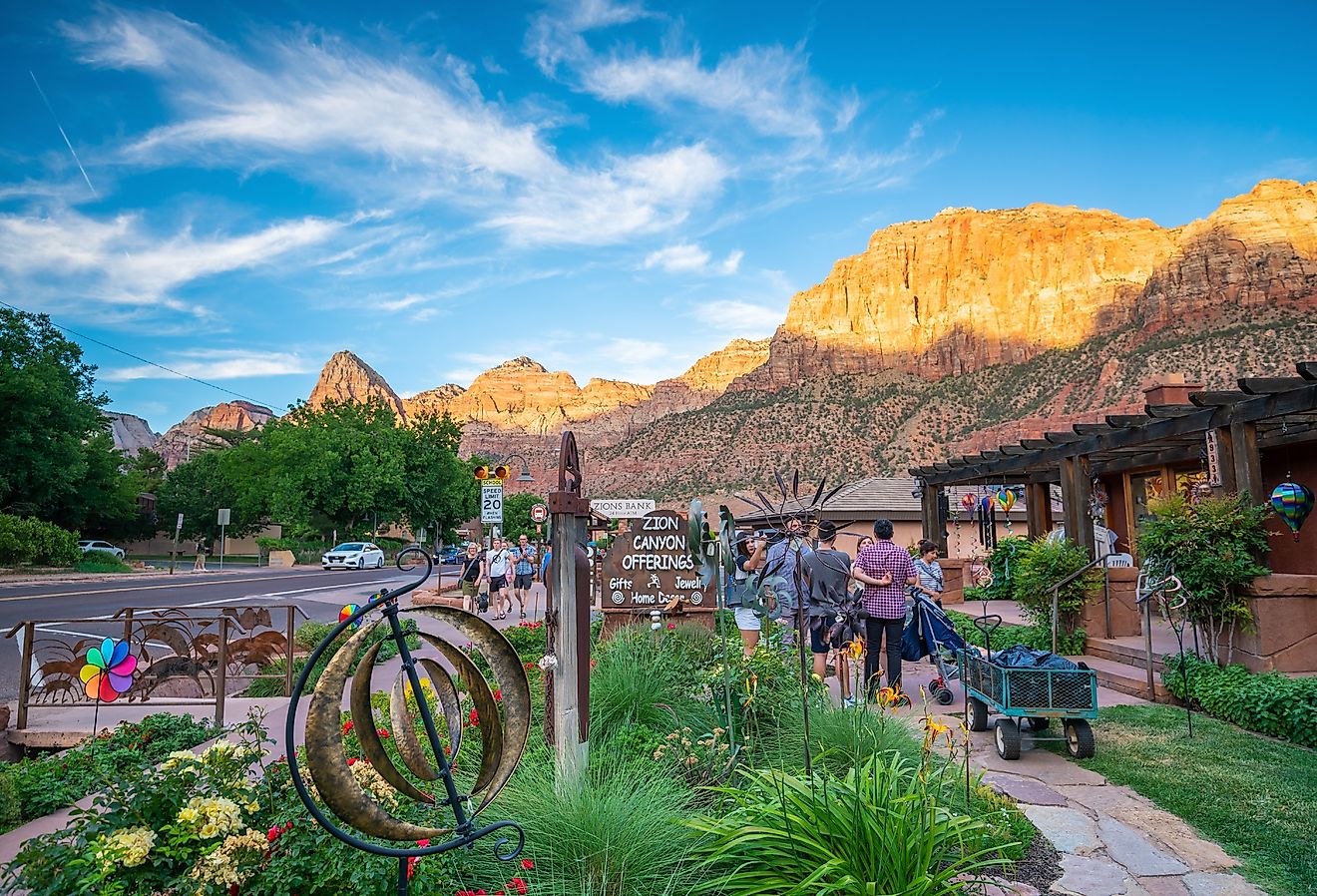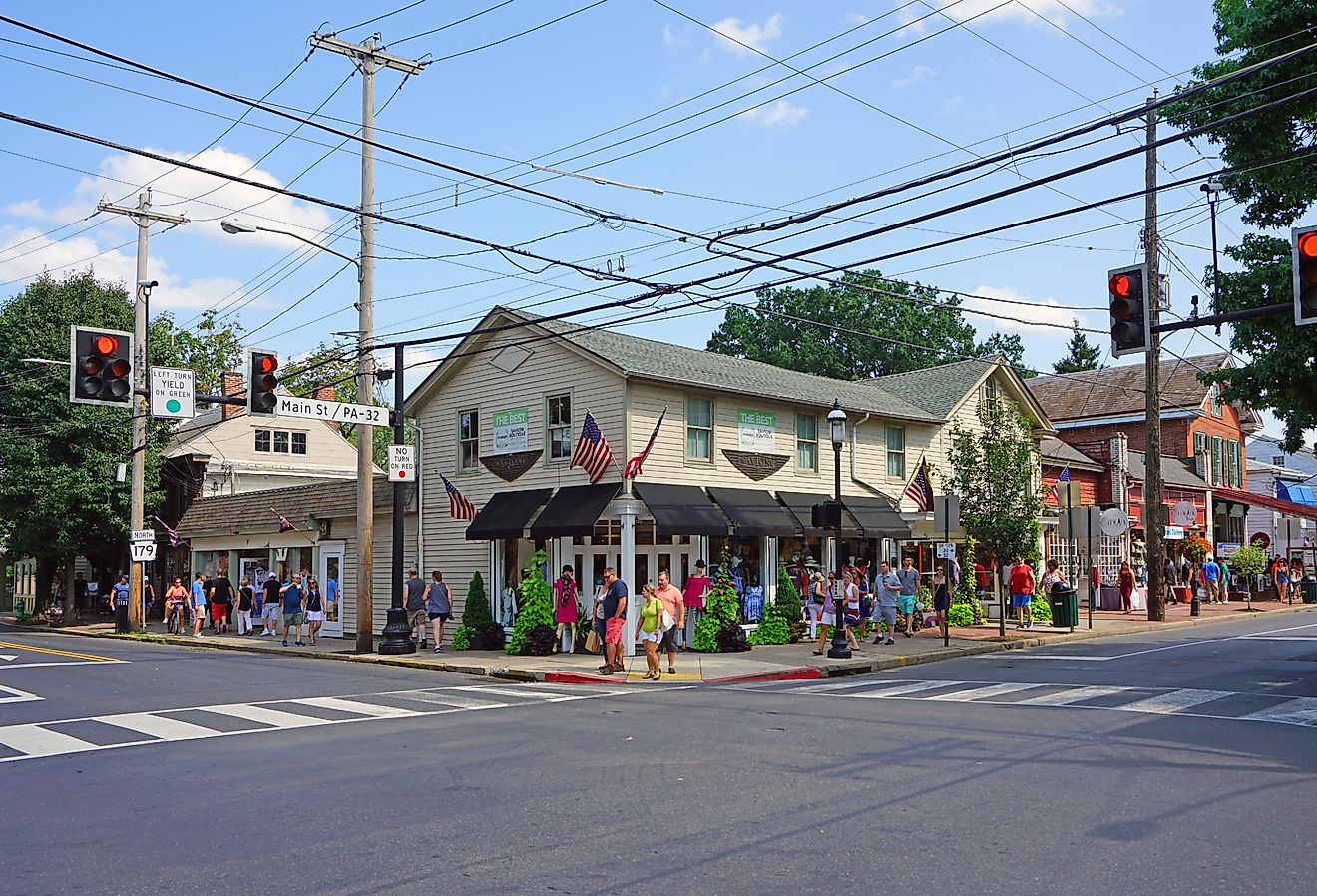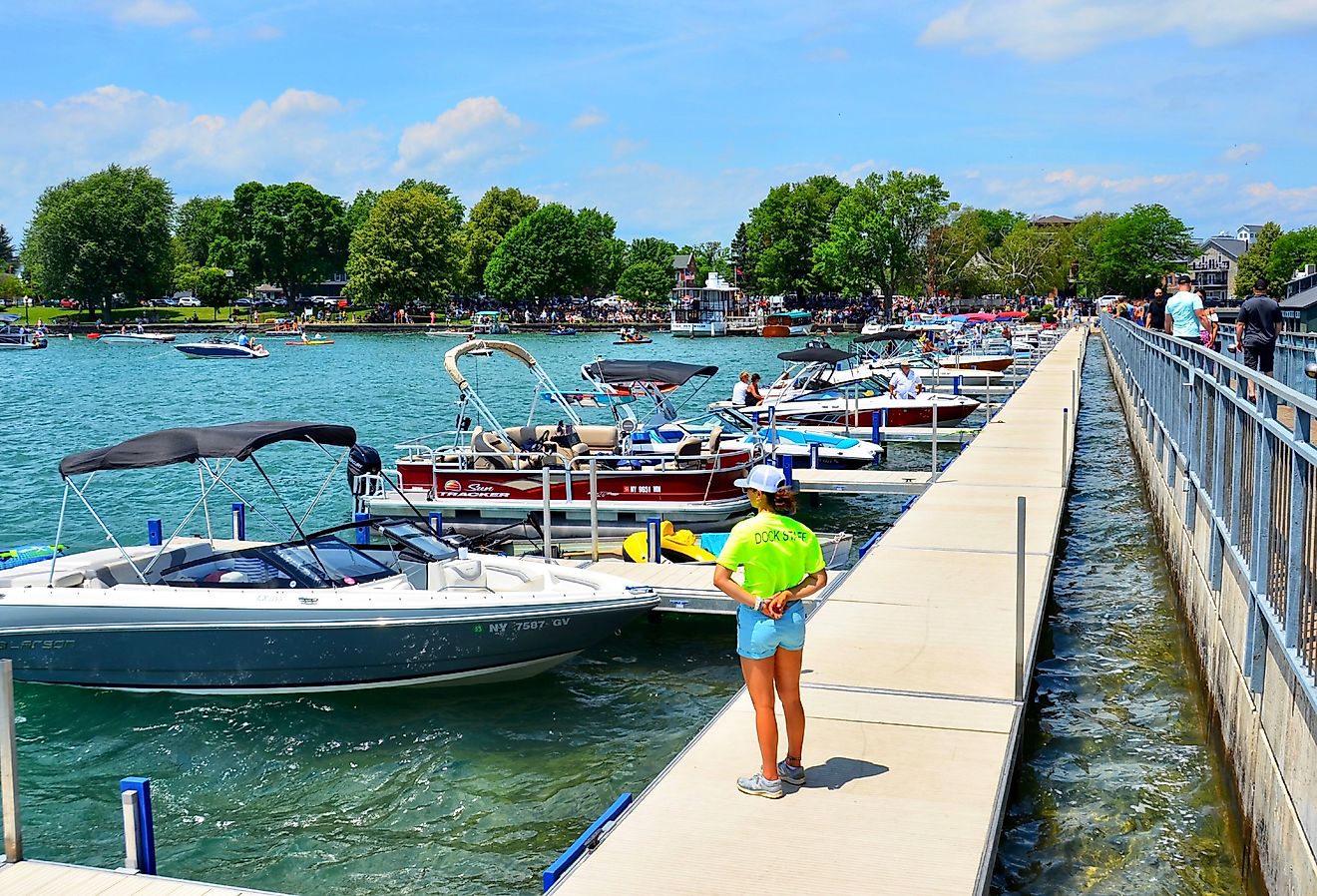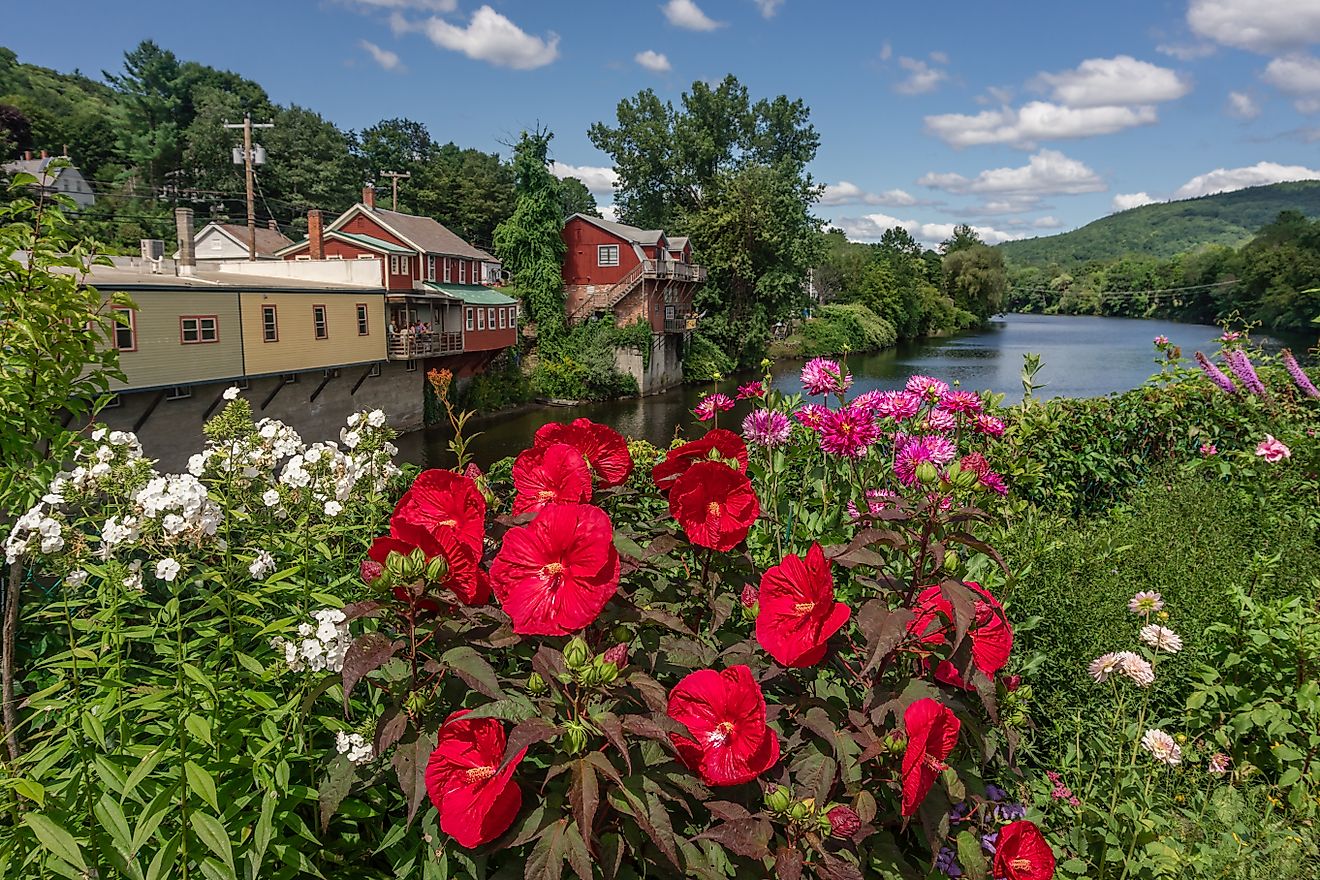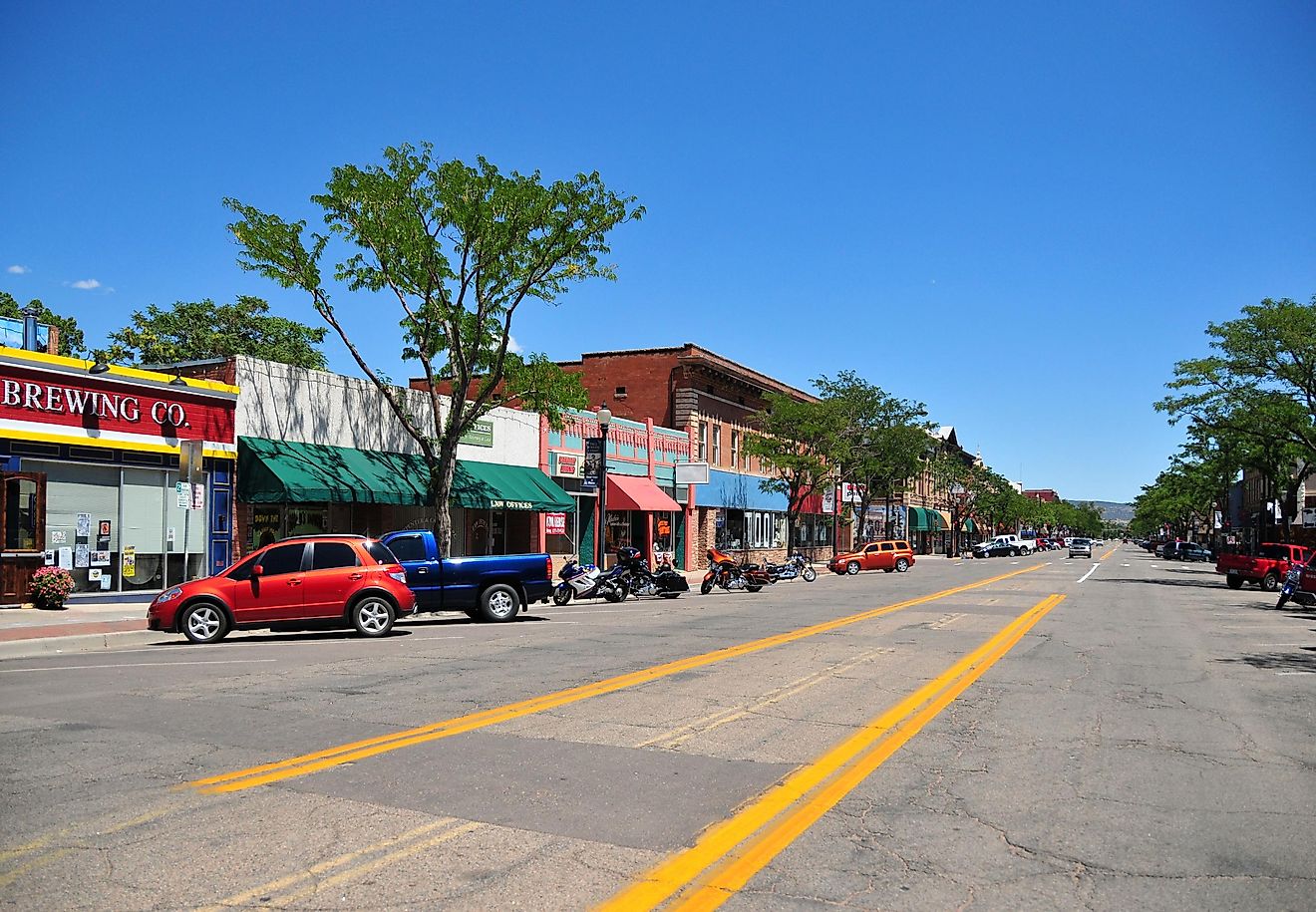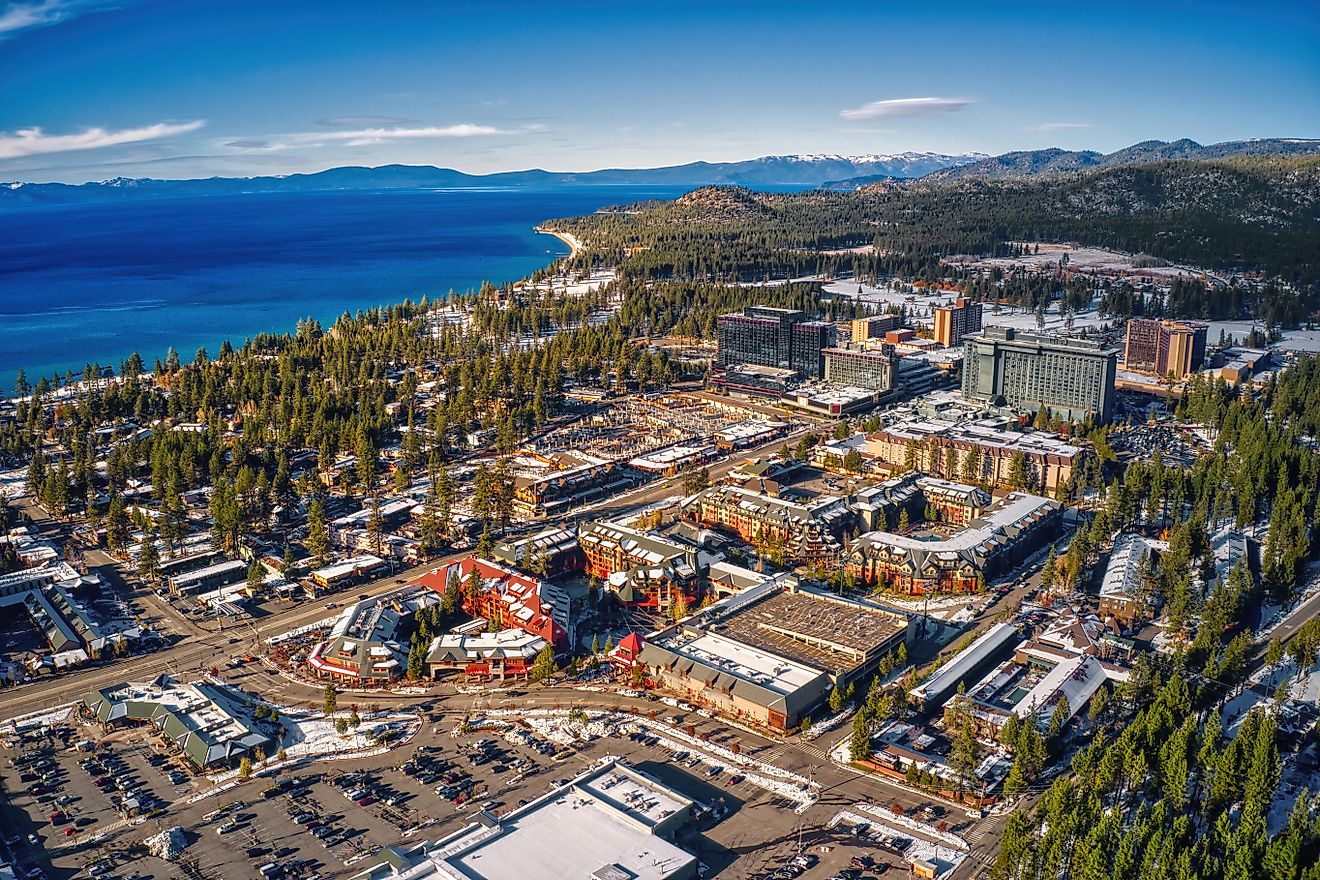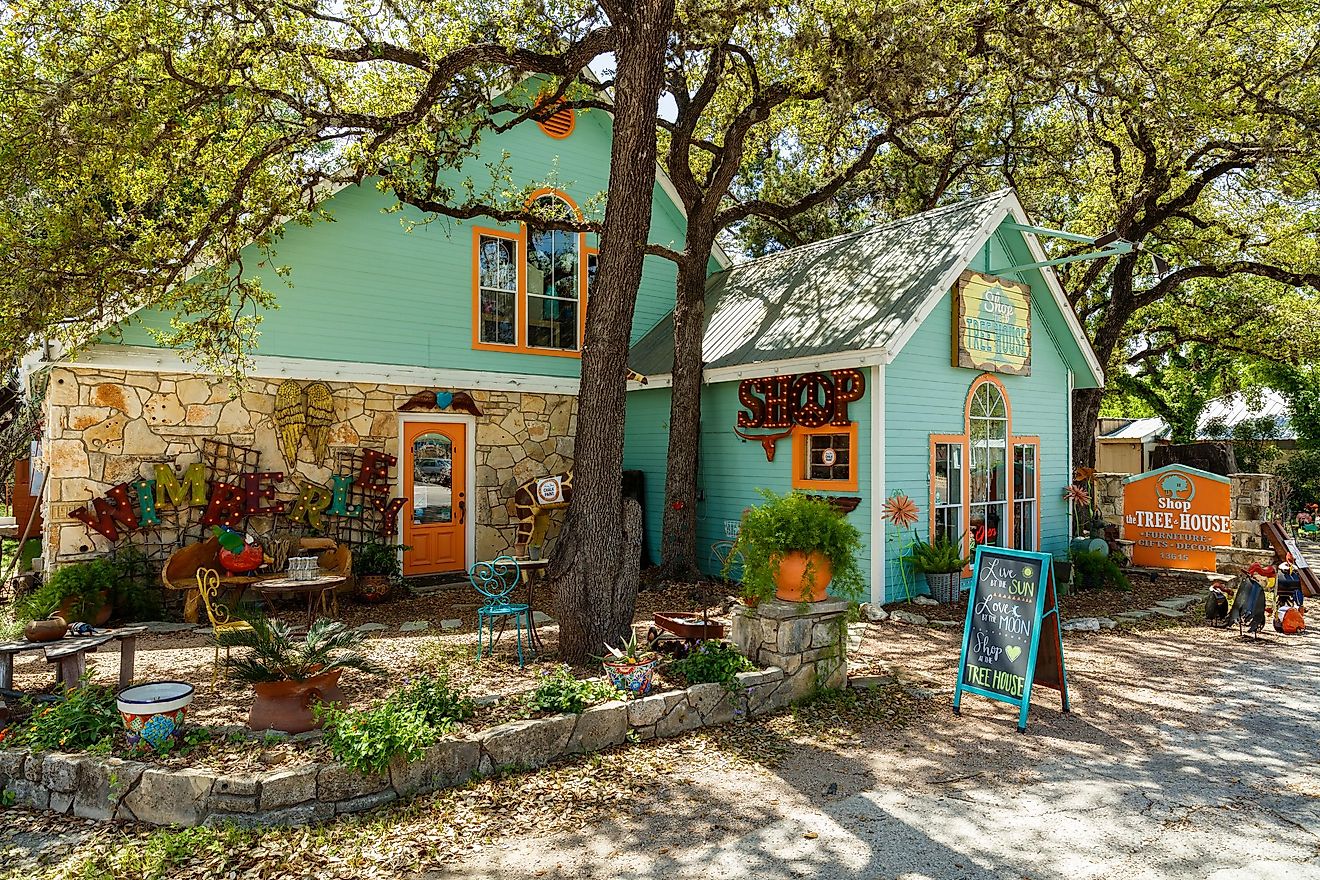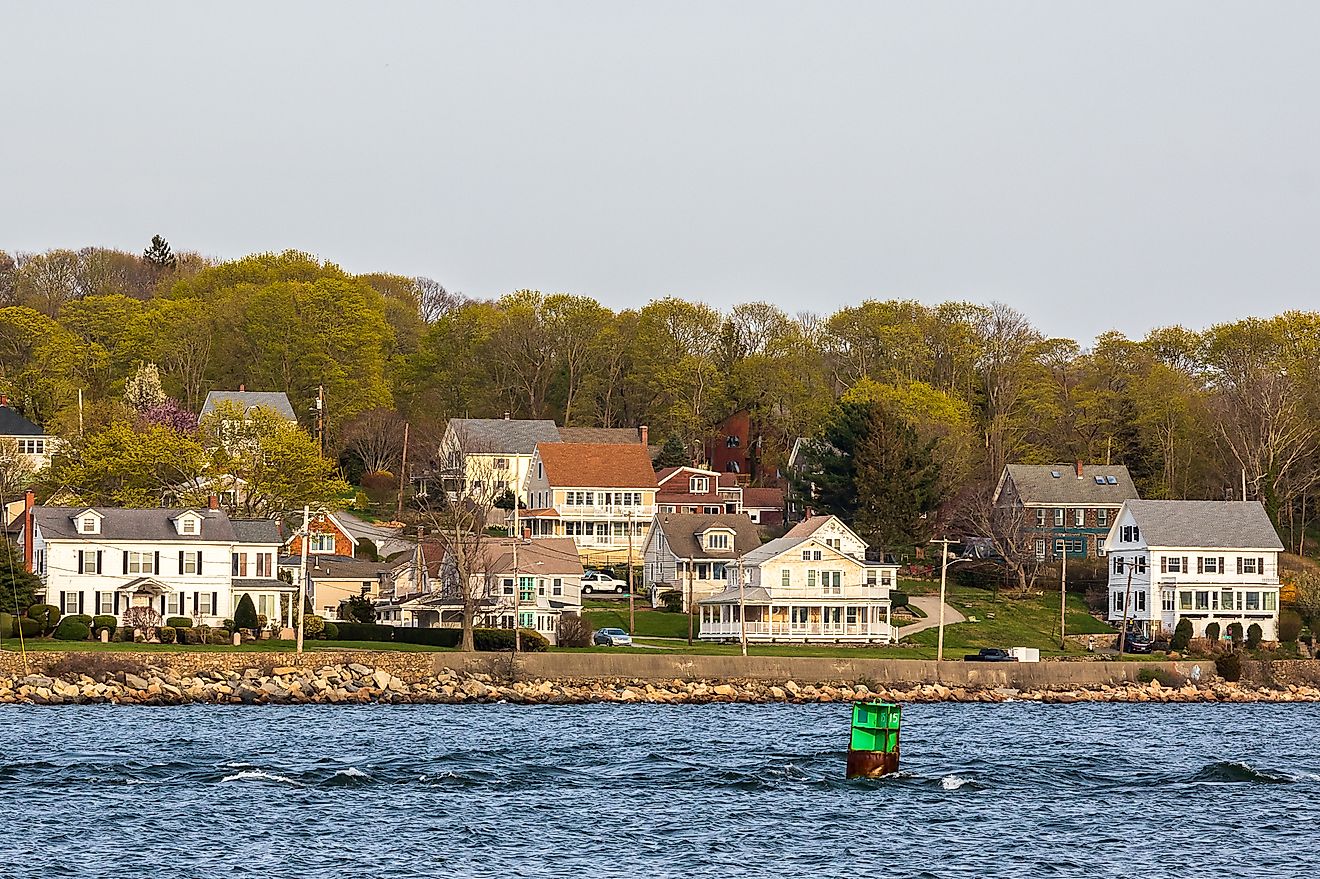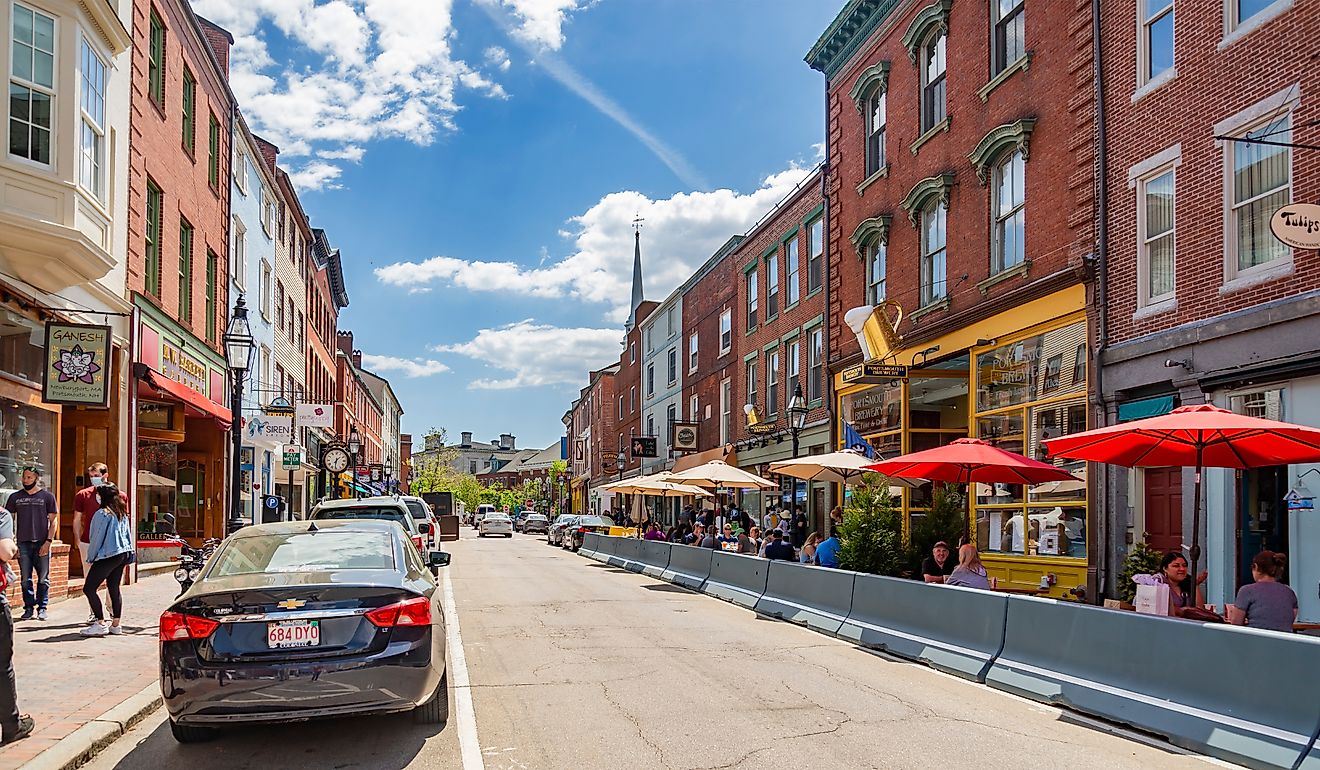
The 10 Best Resort Towns in America
Set near metropolises, the best resort towns in the United States offer an opportunity to escape into a whole new atmosphere with a company of friends, family, or loved ones, or for a quick getaway of much-needed alone time away from the gritty city.
- Aspen, Colorado
- Breckenridge, Texas
- Concord, New Hampshire
- Edgartown, Massachusetts
- Key West, Florida
- Logan, Utah
- Palm Springs, California
- San Juan Island, Washington
- Traverse City, Michigan
- Vail, Colorado
Aspen, Colorado

Located in the west-central Pitkin County of Colorado, Aspen is a Roaring Fork River-bound town set at the elevation of 7,907 feet or 2,410 meters, founded and named in the latter half of the 18th century in the aspen trees of the region. As a prosperous mining town for another hundred years, with a population of some 15,000, no one expected it to become a forgotten ghost town in the early 1890s, as it did, upon subjecting to the silver price collapse. Its revival as a recreational and cultural mecca that began in the 1930s was largely due to Walter Paepcke, a Chicago industrialist's enterprise that would turn the town into a hotspot for vacationers and lovers of mountain sports activities.
Serving as a training center for the U.S. Army mountain divisions, during which the city center continued to grow and develop for the trainees' comfort, Aspen's first ski lift opened in winter 1946–47. Soon after, it also became a popular vacation spot for the film industry. The highest peaks of the Rockies in Aspen's vicinity include the Capitol, Creek, Snowmass, and Maroon, all of which are over 14,000 feet or 4,270 meters tall and get some 300 inches or 760 cm of snow every year.
Breckenridge, Colorado
The former gold-rush center of Breckenridge is a developed getaway town today. It features mountain vistas and sections of Arapahoe National Forest that attract warm-weather outdoor-pursuit enthusiasts to hike and bike with unforgettable views, especially on the Vail Pass Path and Boreas Pass Road. Set at the elevation of 9,600 feet or 2,926 meters and receiving ample annual snow, its ski resort is a dream destination for those that love to shred powder on the slopes. Growing around goldfields, Breckenridge was subject to one of the earliest gold strikes in the United States in 1859. Keeping the momentum, several fine hotels and theatres were also established in the town.
Incorporated into the Summit county of Colorado in 1862, the town center continued to develop rapidly. Even today, the town contains the original downtown city center, while some 250 buildings are designated Historical Places on the National Register. With mining prospering into the early Second World War Years, the town was depopulated soon after. Nevertheless, by the 1960s, the town regained its status as a favorite destination for the alpine skiers, developing further to accommodate the training of the Olympian athletes.
Concord, New Hampshire

The Lakes area, a 45-minute drive from Concord, and the White Mountains, some 90 minutes away, make Concord the closest population center and resort town to some high-in-demand natural getaways. Acting as a tourist hub for hikers and snow-sports enthusiasts, one can acquire all the necessary equipment and information for an ultimate skiing adventure at one of the several ski resorts that are only an hour's-worth ride away. In the proximity, the Winslow State Park and the Rollins State Park showcase New Hampshire's beauty in the form of Connecticut and Merrimack river valleys.
Known for its stable economy, this state's capital, with many residents working in the government, also boasts the renowned Genesis HealthCare and the law school from the University of New Hampshire that sees off the creators of some of the best firms in the state. While making a daily drive to Boston for work is common among residents, the low cost of living and reasonable housing prices, along with the lack of a state income tax in Concord, unheard of anywhere else in the vicinity, keeps them homebound.
Edgartown, Massachusetts
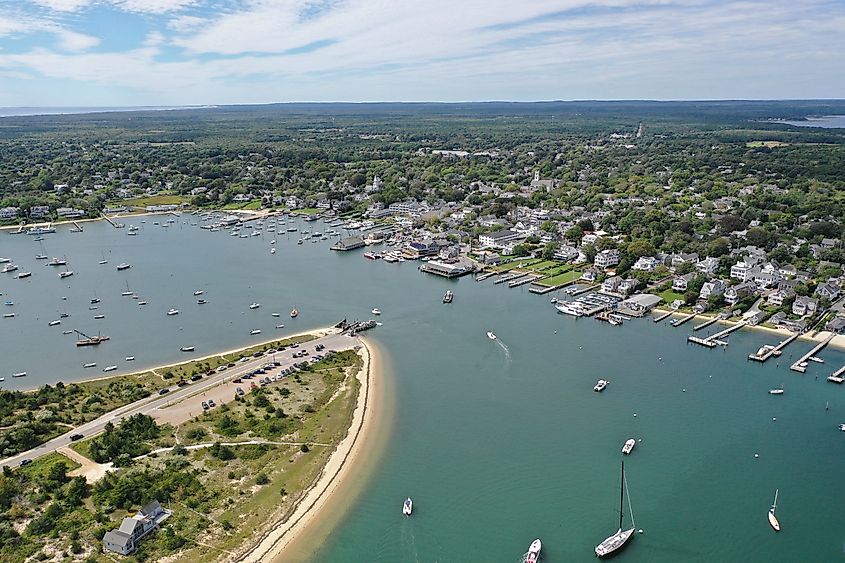
This historically charming town is set on the eastern end of the atmospheric vacation island, Martha's Vineyard, with Federal and Greek Revival homes lining its main street. As the former residences of the whaling captains, they are in the beach's vicinity, although the chilly waters are mostly good for sailing and boating and for strolls on the historic embankment with a wide variety of dining options, art galleries, and clothing stores.
The seat of the Dukes County, the town also comprises the Chappaquiddick Island, while the town itself dates back to 1642, named after Edgar, son of James II of England. In contrast, previously, it was called Nunnepog, for "Fresh Pond" in Algonquian. The oldest buildings in the town are the Vincent House (1672) and, part of a historical museum, the Thomas Cooke House (1766). Dependant on tourism, Edgartown has developed some excellent beaches and provisions for yachting, along with other marine recreation options. The Cape Poge Wildlife Refuge and the Felix Neck that is a bird sanctuary, are also popularly visited.
Key West, Florida

Set on a sand and coral island in the western Florida Keys, Key West is around 160 km away from the mainland United States. As the most southern town of the country, not only is Key West a tropical paradise in itself, but many other resorts also surround it. Home to countless Classical Revival and Spanish Colonial buildings, nightclubs, and excellent terraced restaurants, there is always something for history-fanatics, "owls," and foodies in this resort town.
The island actually functioned as a naval depot, established by David Porter as an anti-pirate operations base, while in 1886, the town was destroyed by a fire. Before the railroad was built in 1912, the town's economy depended on fishing, salvaging shipwrecks, and cigar making. Even then, the tracks were destroyed by a hurricane in 1935 and replaced by the Overseas Highway three years later that connected the keys through 42 bridges. Known to have a blend of Cuban, West Indian, Bahamian, and American atmosphere, the town flourishes with tourism and fishing.
Logan, Utah

Only an hour and a half north of Salt Lake City, Logan is set within a scenic eastern embrace of the Bear River Mountains. It is halfway between the Great Salt Lake's Bear River Bay and the beautiful Bear Lake. The farmlands of the Cache River Valley are to the north and the west of Logan. The humid climate, uncommon in the Intermountain West, provides for endless hiking opportunities, while the shores of the two lakes attract boaters and fishers.
Health care and education are the other two pillars of Logan's economy, with the Utah State University of some 20,000 students set in the western foothills. The incredible mountain views, the low cost of living, and the almost non-existing unemployment, meaning that there are always ample job opportunities that attract tourists and long-term residents. Logan is also an important pilgrimage area for the Church of Latter-Day Saints followers, drawn to the Logan Tabernacle and Logan Utah Temple.
Palm Springs, California

Known for the eye-pleasing mix of mid-century and modern architecture and design, Palm Springs is only a short ride away from Los Angeles, making a day trip to Hollywood possible. Set in the foot of 10,804 feet- (3,293 metres-) tall Mount San Jacinto, in the Coachella Valley, exploring the nearby Joshua Tree is another popular active past-time for tourists visiting the town. Called Agua Caliente ("Hot Water"), the region was previously inhabited by Cahuilla Indians, in love with its hot springs. The Agua Caliente Indian reservation still borders the town.
A stage stop between Prescott, Arizona and Los Angeles in the second part of the 18th century, the model desert resort stemmed from the Palm Valley Colony of 1884 by Judge John Guthrie McCallum. It later developed into the glamorous Palm Springs frequented by all kinds of celebrities and by college students from the Los Angeles area. Aside from the luxurious hotels, fashionable restaurants, boutiques, and a wide variety of options for the active, there is a 2.5-mile (4-km) Palm Springs Aerial Tram ascending passengers 5,873 feet (1,791 meters) to Mount San Jacinto in the world's largest rotating tramcars.
San Juan Island, Washington

When in Seattle on business, a boat ride or a short puddle-jumper plane can take one to this naturally-wondrous archipelago of 170 islands, with the biggest, being the charming San Juan, for a weekend getaway. Interestingly, the islands here are the tips of submerged mountain peaks in the upper Puget Sound by the Canadian border, with the Strait of Georgia to the north and Juan de Fuca Strait to the west. First discovered by the Spanish Francisco Eliza expedition in 1790, George Vancouver also visited the town in 1792.
San Juan served as a base for Hudson's Bay Company. For 12 years following the bloodless "Pig War" of 1859, it was occupied by the British and American forces simultaneously, with the San Juan Island National Historic Park commemorating this period through separate camps of the two nationalities. Belonging exclusively to the US from 1872, a summer resort and a ferry service development between the islands were initiated, offering exotic excursions of tracking killer whales, the most sought-after tourist activity today.
Traverse City, Michigan

The four-hour drive out of the gritty Detroit is well worth it to reach this incredible north-western corner of the Lower Peninsula, with the Traverse City located scenically on the Grand Traverse Bay. Snuggled within the vast inlet of Lake Michigan and in the embrace of picturesque hills, one will feel as if they are transported into a tropical fairyland. There, tart fruit, including grapes and cherries thrive thanks to the mild microclimate, helping enrich the city's economy as the top export spot of the Midwest.
Over 30 vineyards in the vicinity of the Leelanau Peninsula produce finest wines, including the cold-hardy strains of Gewurtztraminer and Pinot Noir. The Sleeping Bear Dunes National Lakeshore offers access to the 450-foot mountain of sand for the views of Lake Michigan's open waters. The National Cherry Festival in early July draws thousands of visitors to this Cherry Capital, and, while many come for the boutique agriculture, views, and the atmosphere, many more stay for the region's health care, affordable housing, short commutes, and a steady job market.
Vail, Colorado

Under the same name, the town and the ski resort are set in the Eagle County of the west-central Colorado, United States, some 100 miles (160 km) west of Denver. The picturesque 7-mile (11 km-) long town covers the Gore Creek valley in the Gore and Sawatch mountain ranges, while the skiable 15 square miles (39 square km) terrain around the Vail Mountain composes the largest ski resort in North America. Equally a resort town and a quaint Alpine village, it was established by Peter Seibert and Earl Eaton.
Vail Ski Resort's first skiing season in December of 1962 featured a gondola lift and two ski lifts on the mountain, when the United States Forest Service owned it. With an average elevation of 8,150 feet (2484 m) above sea level, the village, set at the foot of the mountain, has grown into a town with a total area of 4.5 square miles (12 square km). Void of lakes, the Gore Creek traverses Vail east to west through the center, while the quick establishment of excellent restaurants and lodging turned Veil into the most popular ski resort of the state. By 1988 with the China Bowl, it was the largest ski area in North America that also hosted the World Alpine Ski Championships in 1999.
These once quaint villages-turned resort towns, set within multi-scenic natural environments, offer suitable activities and relaxation outlets to regain one's energy and verve upon returning to the everyday surroundings, but feeling refreshed and ready to take on the world.
